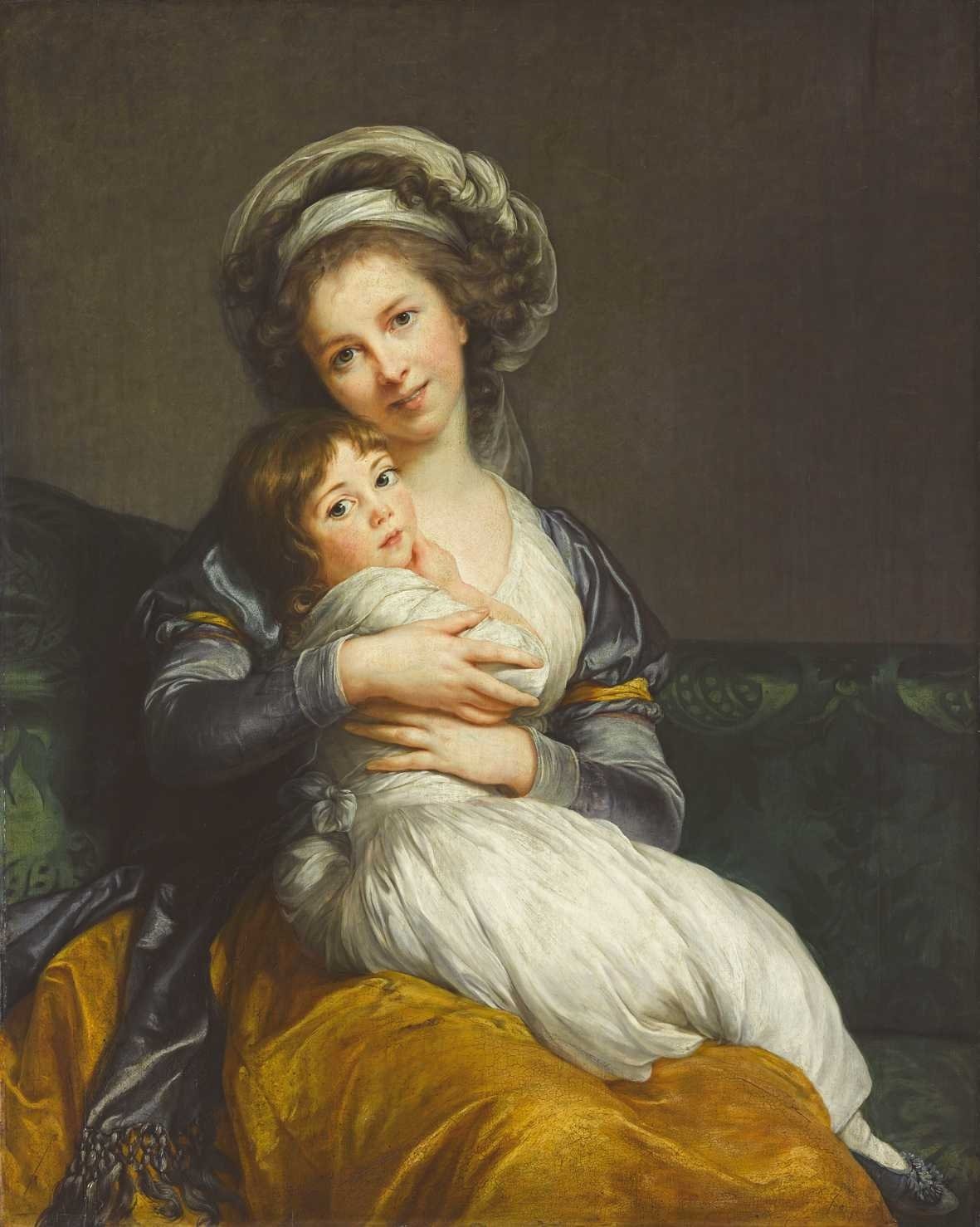
Élisabeth Louise Vigée Le Brun a Parigi Artribune
Elisabeth Vigée Le Brun, the daughter of a minor painter, Louis Vigée, was born and brought up in Paris. She became a member of the Académie de St-Luc in 1774 and of the French Academy in 1783. She was a highly fashionable portrait painter, patronised particularly by Queen Marie Antoinette. Between 1789 and 1805 she travelled in Europe and visited Russia.
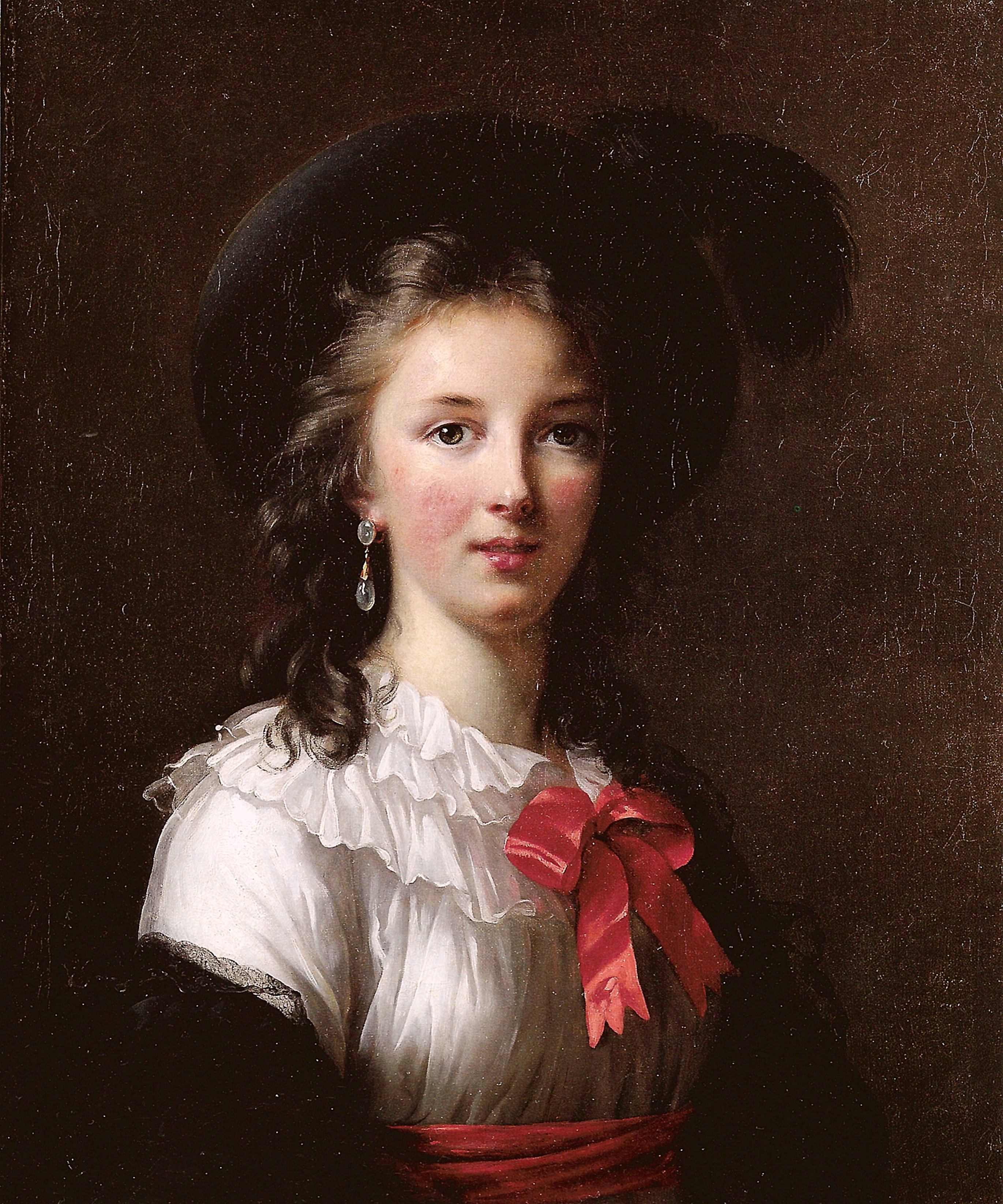
Selfportrait, 1781 Louise Elisabeth Vigee Le Brun
Elisabeth Louise Vigée Le Brun (French, 1755-1842) is one of the finest 18th-century French painters and among the most important of all women artists. An autodidact with exceptional skills as a portraitist, she achieved success in France and Europe during one of the most eventful, turbulent periods in European history.
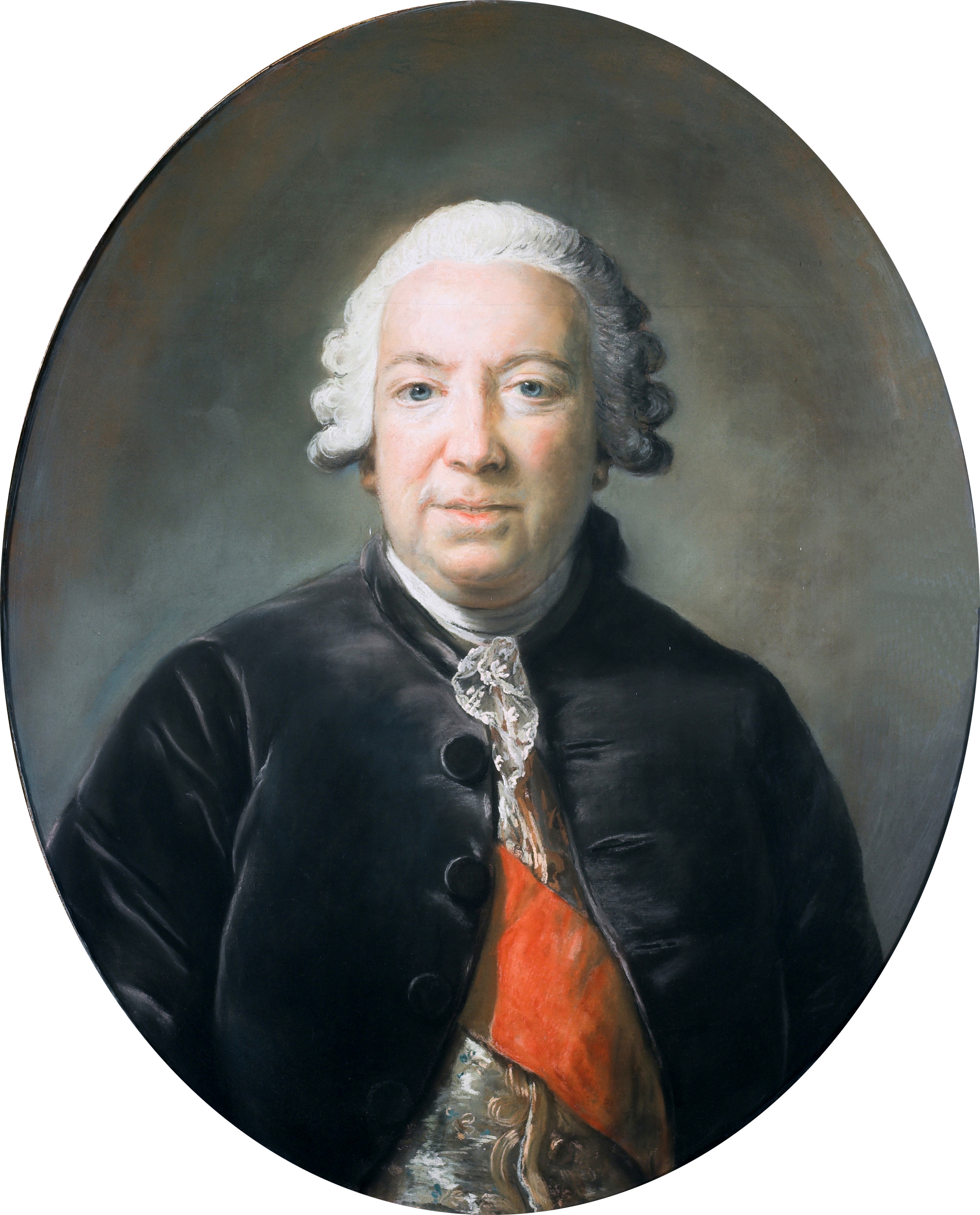
Elizabeth Le Brun
Mainly self-taught, Vigée Le Brun became a portrait painter to support her mother and brother. Talented and hard-working, she soon earned critical and finan-cial success. She married an art dealer, and they had one daughter. In 1778 Vigée Le Brun was summoned to Versailles, the palace of King Louis XVI and Queen Marie-Antoinette.

Elizabeth Vigee Le Brun (16.04.1755 30.03.1842) Biography
To sway public opinion, she commissioned a painting from Vigée Le Brun together with her young children. Marie Antoinette and her Family is a painting that depicts the French Queen next to an empty cradle, a reference to the child she had recently lost. 4. Peace Bringing Back Abundance. Date created: 1780.
.jpg)
ÉlisabethLouise Vigée Le Brun (Paris 17551842) , Portrait of Madame
The French portraitist Élisabeth Louise Vigée Le Brun (1755-1842) was one of the most successful painters of her era. Bridging the Rococo and Neoclassical genres, her style seems to encapsulate the whimsical atmosphere of the Ancien Régime in pre-revolutionary France - a time of peaceful foreboding. The Artist at Work (Self Portrait) 1791

Elisabeth Vigée Le Brun Rococo painter Tutt'Art Pittura
Elisabeth Louise Vigée Le Brun was one of the best-known and most fashionable portraitists of 18th century France; her clients included the queen Marie Antoinette. Updated: May 18, 2021.

The Praise and Prejudices Vigée Le Brun Faced in Her Exceptional 18th
Élisabeth Vigée Le Brun Élisabeth Louise Vigée Le Brun ( French: [elizabɛt lwiz viʒe lə bʁœ̃]; [a] 16 April 1755 - 30 March 1842), [1] also known as Louise Élisabeth Vigée Le Brun or simply as Madame Le Brun, was a French painter who mostly specialized in portrait painting, in the late 18th and early 19th centuries.

Elisabeth Louise Vigée Le Brun, 1787 Julie Le Brun (17801819) Looki
Élisabeth Louise Vigée Le Brun (16 April 1755—30 March 1842), also known as Madame Lebrun or Madame Le Brun, was a prominent French portrait painter of the late eighteenth century. She created more than 600 portraits, a considerable proportion of her total oeuvre of 800 paintings.

Elizabeth Vigee Le Brun. Painting of her daughter. Portrait Artist
Elisabeth Louise Vigée Le Brun French Painter, Portraitist Born: April 16, 1755 - Paris, France Died: March 30, 1842 - Paris, France Movements and Styles: The Rococo , Neoclassicism , Grand Manner Portraiture Elisabeth Louise Vigée Le Brun Summary Accomplishments Important Art Biography Similar Art and Related Pages

Self portrait, Elizabeth Vigée Le Brun (17551842), 1790 Female
National Gallery of Art. Élisabeth Louise Vigée Le Brun. French, 1755 - 1842. Vigée Le Brun, Marie Louise Élisabeth; Vigée-Lebrun, Élisabeth Louise

Fine Art — Howard Lyon Fine Art and Illustration
Elisabeth-Philippe-Marie-Hélène de France, said Madame Elisabeth (1782) by Elisabeth-Louise Vigée Le Brun Palace of Versailles Despite the scandal, Marie Antoinette's influence had a.
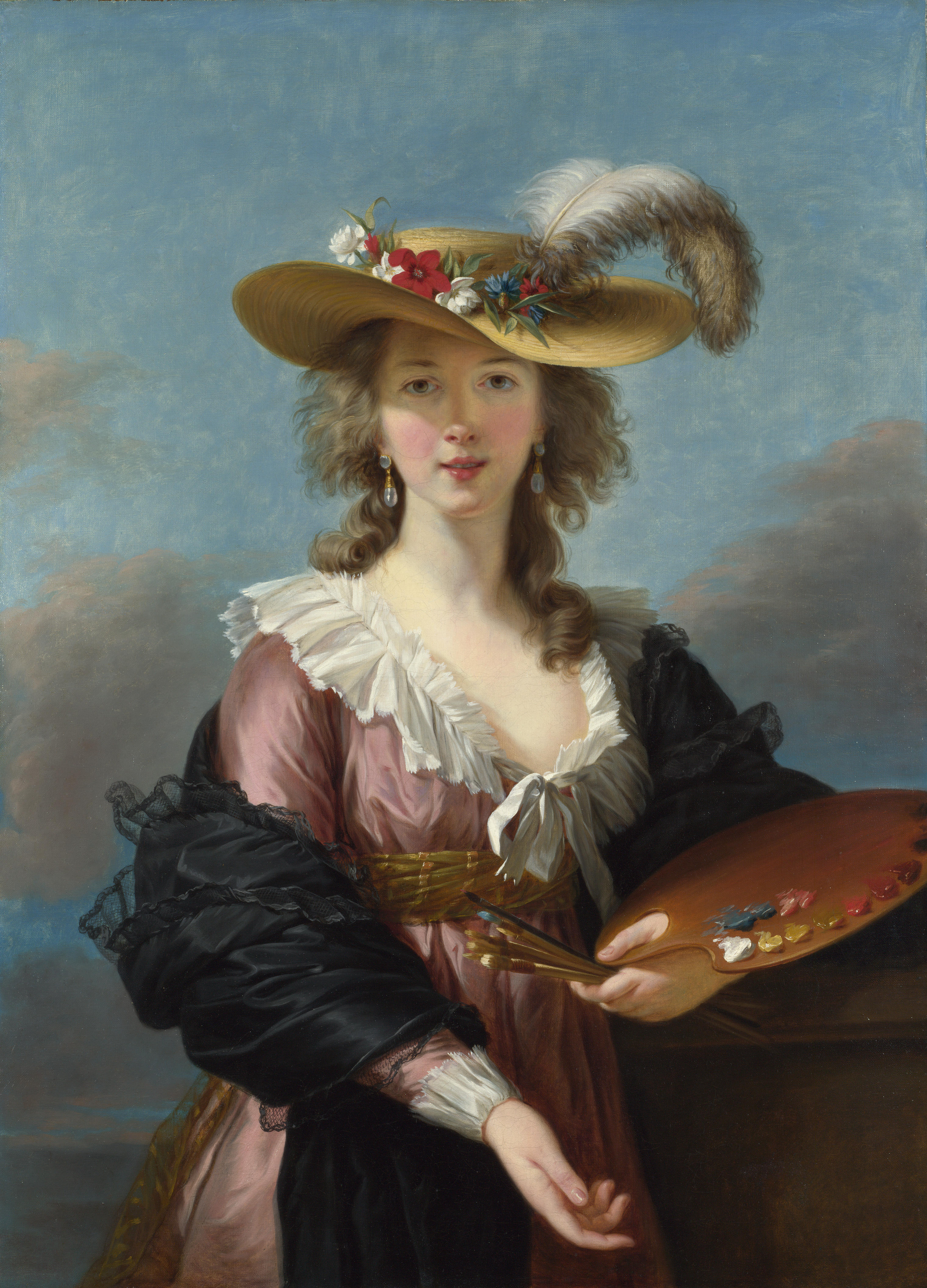
Dose of Art 41 Élisabeth Vigée Le Brun Selfportrait in a Straw Hat
Vigée Le Brun was the most important woman artist of her era and one of the most singular of any period. She was the daughter of a painter but largely self-taught. In 1776 she married the expert and dealer Jean-Baptiste Pierre Le Brun (1748-1813) and in 1778 she was summoned to Versailles by Marie Antoinette (1755-1793), who sat for her for the first time

SelfPortrait by Élisabeth Vigée Le Brun Obelisk Art History
Elizabeth Louise Vigée Le Brun, Self-Portrait, 1790, oil on canvas, 100 x 81 cm (Galleria degli Uffizi) Élisabeth Louise Vigée-LeBrun, Self-Portrait, 1790, oil on canvas, 100 x 81 cm (Galleria degli Uffizi, Florence) The artist who created this opulent showpiece became famous and wealthy as Queen Marie-Antoinette's official court painter.
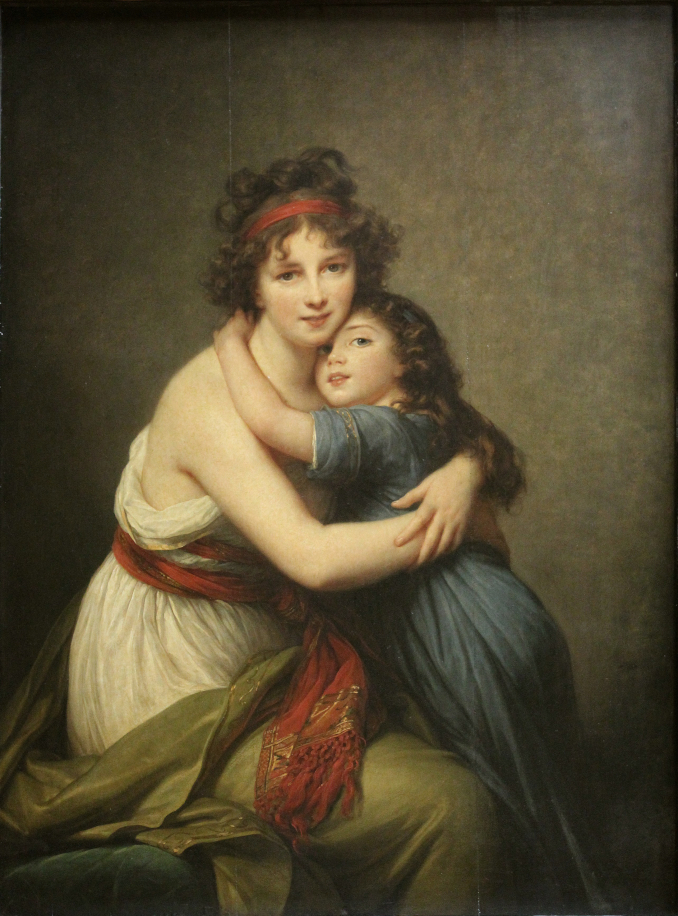
Food for the Soul Elisabeth Vigée Le Brun Women Artists Series 7
Élisabeth Vigée Le Brun, widely regarded as the most accomplished female painter of the 18th century, painted this gorgeous portrait of Madame du Barry in 1782. That was the year in which Madame.

Bir kürk severin notları Elizabeth Le Brun ve 200 yıl öteden bugüne
Élisabeth Louise Vigée-LeBrun, painter The artist who created this opulent showpiece became famous and wealthy as Queen Marie-Antoinette's official court painter. She was born to Louis Vigée and Jeanne Maissin in a bustling section of Paris.

Crone Henge Louise Élisabeth Vigée Le Brun
Élisabeth Vigée-Lebrun, (born April 16, 1755, Paris, France—died March 30, 1842, Paris), French painter, one of the most successful women artists (unusually so for her time), particularly noted for her portraits of women. Elisabeth Vigée-Lebrun: Queen Marie Antoinette